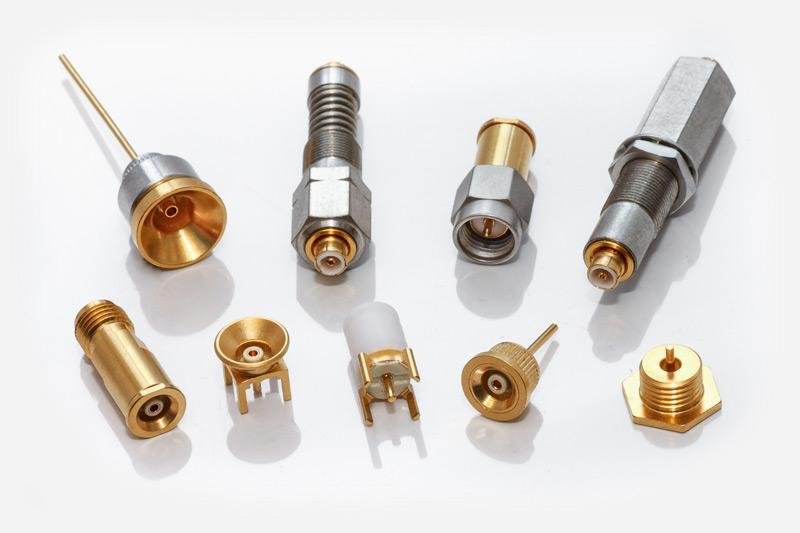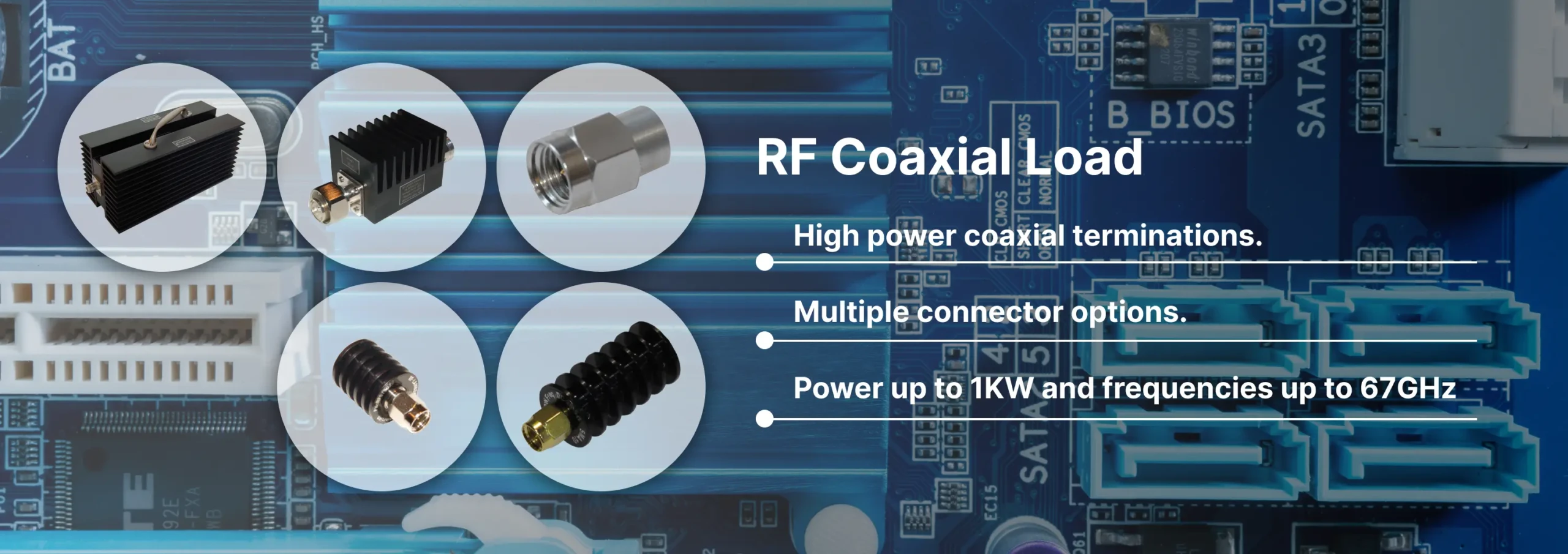by Angela
Share

In the world of high-frequency electronics, every component plays a critical role—but few are as underappreciated as the RF coaxial connector. Often viewed as just a “plug,” these precision-engineered components are far more complex and essential than they appear. RF connectors are the vital bridge that enables reliable transmission of signals in telecom, aerospace, radar, test instruments, and countless other applications.
What Exactly Is an RF Coaxial Connector?
An RF coaxial connector is a mechatronic component that connects or disconnects electronic transmission lines. Unlike low-frequency connectors, RF connectors must meet stringent electrical standards while also withstanding mechanical stress and environmental challenges. They are designed to preserve signal integrity across a wide frequency range with minimal loss or reflection.
At its core, a typical RF connector consists of three parts:
-
Contact Pair – the inner electrical pathway (pin and socket) that transmits the signal
-
Insulator – separates the inner and outer conductors and maintains impedance stability
-
Outer Shell – provides structural support, shielding, and protection
These three parts work together to ensure optimal performance under demanding conditions.
A World of Variants: RF Connectors Come in Many Forms

There are more than 20 internationally recognized series of RF connectors—each with unique mechanical and electrical properties. Some of the most commonly used include:
-
SMA Connectors: Compact and high-frequency capable
-
N Connectors: Rugged, threaded, and weatherproof
-
BNC, TNC, and 2.92mm: Used across lab, broadcast, and mmWave applications
👉 View our full selection of Precision RF & Microwave Adapters:
Reach-line RF Connector Catalog
Built with Precision: How They’re Made
Unlike many electronic components, RF connectors rely on precise mechanical tolerances. Most of their components are machined using turning equipment, often with extremely tight specs to ensure high-frequency performance. Despite the precision involved, many connectors still require manual assembly, especially for customized or multi-contact solutions.
This makes RF connectors both labor-intensive and technically complex, which is why quality and consistency matter so much.
Why Do RF Connectors Fail?
Connectors are not immune to failure. Their reliability depends heavily on:
-
Contact material & plating – Gold and silver are commonly used for their excellent conductivity
-
Contact pressure – Adequate force between pin and socket ensures consistent signal flow
-
Alignment & deformation – Misaligned contacts or bent pins can lead to poor or intermittent connections
-
Oxidation & contamination – Surface degradation over time can increase resistance or break contact entirely
Unlike soldered joints (which rely on alloy bonding), RF connectors depend on surface contact between metals, which can degrade over time if not properly engineered or maintained.
Precision Matters: The Reach-line Advantage
At Xi’an Reach-line Technology Co., Ltd., we design and manufacture high-performance RF connectors with one goal: reliability under real-world conditions. Our engineers carefully select materials, design tolerances, and plating solutions to meet the exacting demands of modern RF systems.
We also offer:
-
Custom/OEM RF connector solutions
-
Flexible labeling and packaging for resellers or system integrators
-
Engineering support for specific frequency or mechanical design challenges
Whether you’re outfitting a new product line or maintaining a legacy system, Reach-line connectors deliver the performance and durability your systems depend on.
Conclusion: It’s Not Just a Plug—It’s the Foundation of Signal Integrity
The RF connector may be small, but its role is massive. From maintaining GHz-level signal fidelity to surviving in harsh outdoor environments, the humble connector is where mechanical precision meets electrical excellence.
📞 Need help selecting the right connector or want to request a quote?
Get in touch with our expert team today!
STAY IN FOR MORE NEWS
Subscribe to our free newsletter.
Discover Reach-Line’s precision RF and microwave terminations covering DC to 110 GHz and power levels 1 W to 1000 W. Reliable, low VSWR solutions for 5G, satellite, and lab applications.
Reach-Line offers high-frequency cable assemblies, fixed attenuators, and precision terminations. Partner for engineering support, rapid prototyping, and global logistics.
In the realm of high-frequency applications, the SMA (SubMiniature version A) connector stands out as a compact yet powerful component. Developed in the 1960s, SMA connectors are designed for applications up to 18 GHz, with some precision versions extending to 26.5 GHz.
Reach-Line fixed attenuators cover DC to 110 GHz and 1 W to 1000 W. Fine-tune signals, protect components, and ensure repeatable tests in demanding RF applications.





